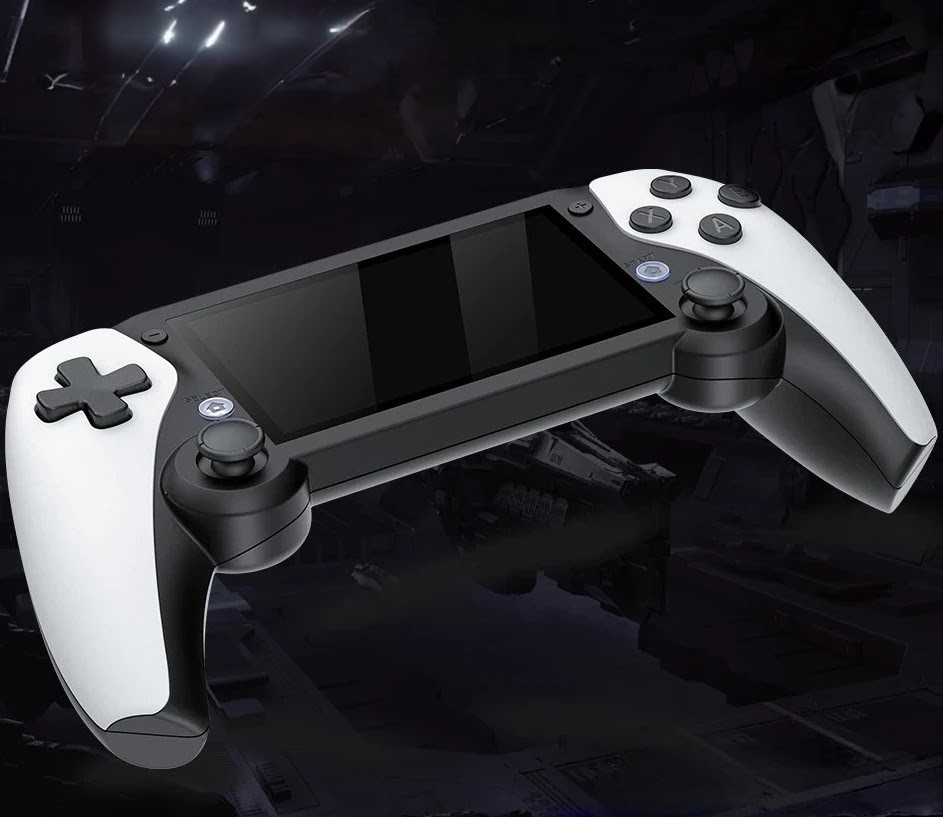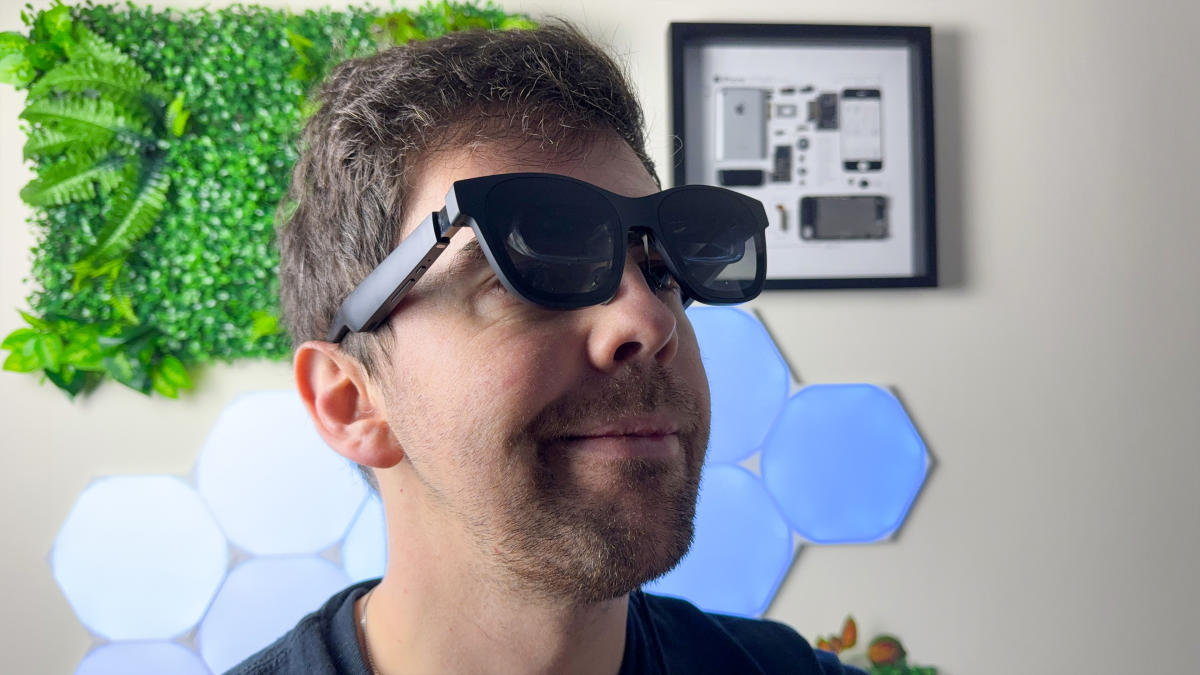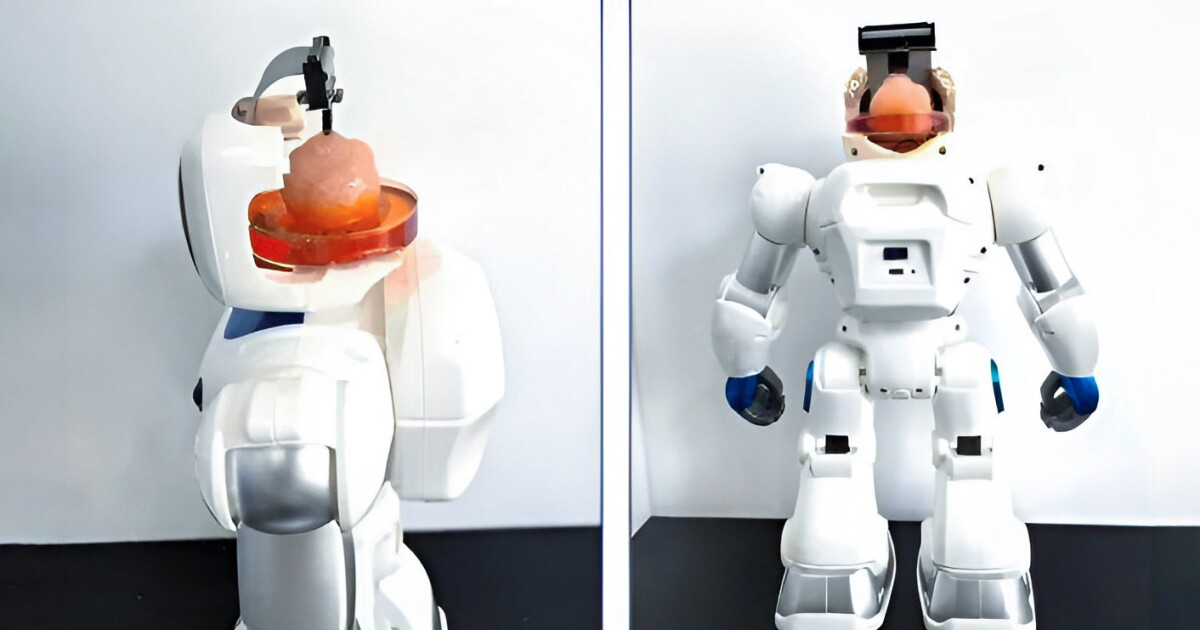- TECHSWU
- Posts
- TECHSWU #67
TECHSWU #67
Welcome to TECHSWU, your go-to destination for all things tech that matter in your daily life!



The M25 is a new retro handheld gaming device that features a design reminiscent of the PlayStation Portable. While there are already many portable gaming consoles available, the M25 stands out with its unique design and features.
Inspired by the PlayStation Portal, the M25 is powered by the Rockchip RK3566 chipset, which may make it less powerful than other gaming devices. It comes with a 4.
3-inch display, 4GB of RAM, a 3,000mAh battery, and 64 or 128GB of expandable storage. The device is preinstalled with EmuELEC 4.
3 and is priced at $87.99 regardless of the storage configuration.
While the M25 may not offer the most cutting-edge technology, it is sure to appeal to gamers seeking a retro gaming experience.

SpaceX's Starlink is making its presence known in Kenya with its upcoming release of the 'Starlink Mini' antenna. This development has the potential to revolutionize internet access in the country, especially during times of political unrest and suspected internet throttling.
Elon Musk, CEO of SpaceX, confirmed on social media that the Starlink Mini will be available in Kenya, and while the pricing for Kenya has not been disclosed, the Mini currently sells for $599 in the United States, indicating a potentially more affordable option for Kenyan consumers. Starlink has gained popularity in Kenya due to accusations of government-led internet speed throttling during protests, and the satellite-based service offers a reliable alternative.
Starlink currently offers a competitive 50GB data package in Kenya, priced at 1,300 Kenyan shillings per month, with convenient payment options through mobile money platforms. By introducing more affordable and portable hardware options like the Starlink Mini, Starlink aims to lower the barrier to entry and provide satellite internet access to a broader population.
This expansion comes at a time when traditional internet infrastructure in Kenya faces challenges, making satellite-based services like Starlink a more reliable option. As Starlink continues to expand its global satellite network, the success of the Starlink Mini in Kenya could serve as a model for affordable, unrestricted internet access in other developing countries.

Apple may incorporate infrared (IR) cameras into its AirPods by 2026, according to analyst Ming-Chi Kuo. These cameras would enhance the spatial audio and computing experiences when paired with Apple's upcoming Vision Pro headset.
The IR cameras would track precise head movements and surroundings, allowing for a more immersive user experience. Additionally, the cameras may enable in-air gesture controls, allowing users to control media playback without touching their AirPods.
Foxconn is expected to supply Apple with 18-20 million IR cameras annually, which could result in the production of up to 10 million camera-equipped AirPods in 2026. This upgrade would further encourage Apple users to rely on AirPods and enhance the seamless integration within the Apple ecosystem.


The article introduces the upcoming Ultra X smartwatch, which is set to revolutionize the wearable tech market. The Ultra X is rumored to have a sleek and ergonomic design that maximizes user comfort.
While initial speculations suggested a larger display size and thinner body, recent insights indicate a focus on enhancing user experience through innovative functionalities. One of the standout features of the Ultra X is its advanced band system, which could render previous Apple watch bands incompatible.
The smartwatch is expected to deliver a unique user interface that prioritizes usability and aesthetics, setting a new standard for smartwatches and appealing to both tech enthusiasts and fashion-conscious consumers. However, there are concerns about compatibility with existing accessories and devices, and the balance between innovative design and practicality poses a challenge.
Despite these potential disadvantages, the Ultra X promises to redefine the boundaries of wearable technology.

The article discusses the concept of vaults in the context of Bitcoin and how they can provide enhanced security for stored bitcoins. Vaults are non-custodial accounts that protect against theft by requiring a time delay to access the funds.
They function as the decentralized version of reporting a stolen credit card to a bank, rendering an attacker's transactions null and void. The article explains that funds locked in a vault can be accessed using either a vault key or a recovery key.
Regardless of which key is used, any funds spent from the vault must pass through a time lock that holds the funds for a fixed period, such as 24 hours. This gives the vault owner a 24-hour window to detect unauthorized movement and take action.
The article also provides an overview of the implementation of the vault mechanism using sCrypt smart contracts. Overall, vaults offer an added layer of security to protect against theft in the Bitcoin ecosystem.

In this article, the author provides tips on how to prevent Google Chrome from draining the battery on iPhones and iPads. The author suggests closing unused tabs, updating Chrome to the latest version, and reinstalling the app to fix any bugs or glitches.
The article also advises disabling location services and the background app refresh feature for Chrome, as these can consume a significant amount of battery power. Additionally, the author recommends clearing browsing data in Chrome to improve battery usage.
If these steps don't solve the battery drain issue, the article suggests trying alternative browsers such as Microsoft Edge or Safari. Overall, the article provides practical solutions to help iOS users optimize their battery usage while using Chrome.

Kronos Advanced Technologies, a pioneer in air purification, has become the first publicly traded company in the United States to accept Shiba Inu (SHIB), a cryptocurrency, as a payment option. This move reflects a growing trend of acceptance of cryptocurrencies in commercial transactions and offers consumers a new way to make purchases while promoting technological innovation.
By integrating SHIB as a payment option, Kronos aims to increase the accessibility of its products, offer a seamless and secure transaction experience, and meet the growing demand for cryptocurrency payments. In addition, Kronos is offering a 10% discount for purchases made with SHIB, in order to attract even more consumers to this payment method.
This adoption of Shiba Inu by a publicly traded company signifies that cryptocurrencies are becoming firmly rooted in the global economic and commercial landscape.


Figure's 01 humanoid robot has made its way to the BMW Spartanburg plant in South Carolina, where it will use artificial intelligence (AI) to learn new skills on the assembly line. BMW Manufacturing and Figure plan to take a milestone-based approach to integrating the humanoid robots into automotive production.
The first phase will involve identifying initial use cases, and once that is complete, the robots will be deployed at BMW's manufacturing facility. While single-purpose robots have been popular in the commercial market, the potential for general-purpose robotics remains largely untapped.
Figure's robots aim to increase productivity, reduce costs, and create a safer and more consistent working environment. CEO Brett Adcock is excited about the integration of AI and robotics into automotive production and looks forward to working with BMW.


In an article for Tom's Guide, the author explains his experience using XREAL Air 2 Pro augmented reality (AR) glasses to replace his TV and computer monitor. Despite some limitations, the glasses provided a glimpse into the future of AR technology.
The XREAL Air 2 Pro glasses are praised for their comfortable design, lightweight construction, and value for money. The glasses come with Xreal's Nebula software, which allows users to experience a three-display horizontal setup, similar to a computer monitor.
The Sony Micro-OLED panels inside the glasses produce a high-quality 1080p image with a 120Hz refresh rate. For an even better experience, users can purchase an additional beam device to create an immersive viewing environment.
The glasses offer a more affordable option compared to Apple's Vision Pro headset, but they do have a limited field of view, requiring users to turn their heads to see different virtual screens.
A revolutionary AI-controlled robot has been deployed on British roads to prevent potholes from forming. The Autonomous Road Repair System (ARRES) robot uses AI to detect defects in the road and fill them in before they can develop into potholes.
Developed by Hertfordshire County Council, Robotiz3d, and academics from the University of Liverpool, the prototype was successful in its first deployment in Hertfordshire, where it filled cracks in the road with tar. The robot, named ARRES Prevent, aims to save time and money, as well as prevent damage to cars and irritation to drivers.
It comes at a time when pothole-related claims in the UK are on the rise, with a 40% increase reported last year. The government believes robots like ARRES Prevent could transform road maintenance worldwide and save councils time and money.

Google's artificial intelligence (AI) has apparently learned the Bengali language without any training, leaving experts at Google puzzled. According to Google tech executive James Manyika, the AI can now translate all of Bengali with very little prompting.
CEO Sundar Pichai also admitted that there is a "black box" aspect to AI that even experts can't fully understand. This emergence of mysterious "emergent properties" in AI is a growing trend that continues to baffle developers.
However, it is important for people to understand the limitations of AI and not rely on generative AI programs to make decisions requiring human-level comprehension of language and context. The segment showcasing the AI's ability to learn Bengali has received criticism for misleading claims and manipulating the reality of what generative AI can actually do.

A new biocomputing interface called MetaBOC has enabled living brain cells wired into organoids-on-a-chip to learn to drive robots. The open-source software acts as an interface between brain-on-a-chip biocomputers and other electronic devices, giving the brain organoid the ability to perceive the world through electronic signals, operate on it through controls, and learn to master certain tasks.
Organoids, grown under low-intensity focused ultrasound stimulation, can connect more complexly; contributing to the learning process. The technology may allow human brain cells on chips to train themselves to drive robots in a fully simulated environment.
However, it requires support gear to survive and ethical questions may arise regarding the treatment of living brain cells.

Luxury brand 9DCC has introduced a new collection of tech-enabled bucket hats that offer a unique approach to consumer engagement. The bucket hats incorporate transparent onchain technology, which adds connectivity and functionality to the product.
Each hat is embedded with a feature that verifies its origin and ownership history, providing a level of transparency that is unprecedented. The hats also have an embedded NFC chip that creates a tangible connection between the wearer and the brand.
9DCC has built a community of high spenders within the crypto-luxury audience who receive exclusive rewards and benefits based on engagement levels. The company has also introduced a proof of presence program that allows holders to create and collect customized tokens on the blockchain.
The bucket hats are set to become a standout item in the menswear market and retailers have the opportunity to attract a wide range of customers with their innovative features.
)
Japanese scientists have developed robots with "living skin" by using collagen gel that resembles human skin tissue. The researchers from the University of Tokyo attached engineered skin tissue to a humanoid robot's face, resulting in a realistic smile and facial expressions.
The project has various applications, including studying skin aging, drug development, surgical procedures, training plastic surgeons, and even impacting the cosmetics industry. The team, led by Professor Shoji Takeuchi, specializes in Biohybrid Systems, combining biology and mechanical engineering.
They have also created mini-robots with muscle tissue, lab-grown meat, and engineered skin. The researchers used a special collagen gel and plasma treatment to attach the skin tissue to the robot's surface.
Moving forward, they aim to create thicker and more realistic skin by adding sweat glands, blood vessels, and nerves. The ultimate goal is to develop robots with human-like expressions, the ability to heal themselves, and better dexterity.


